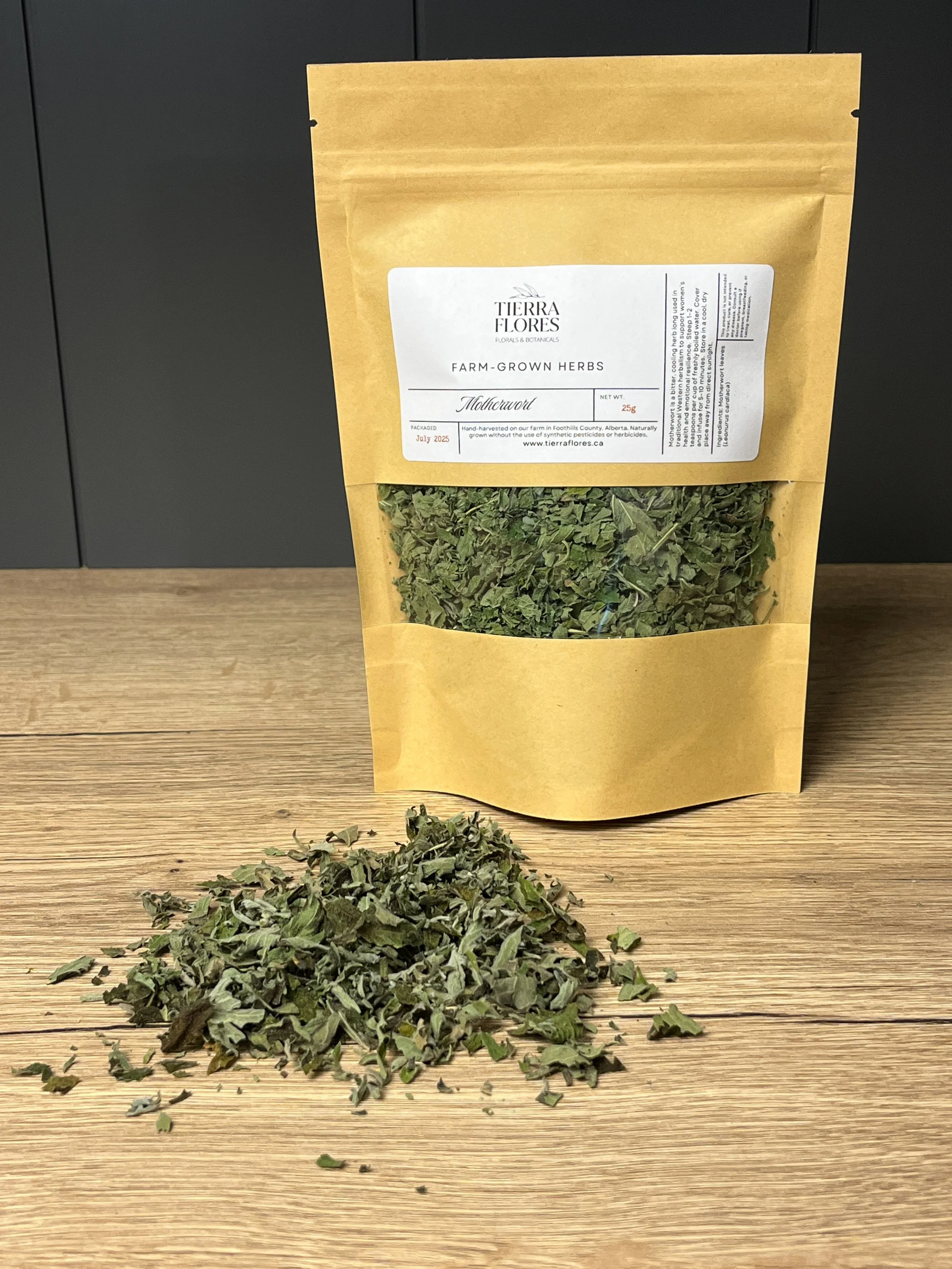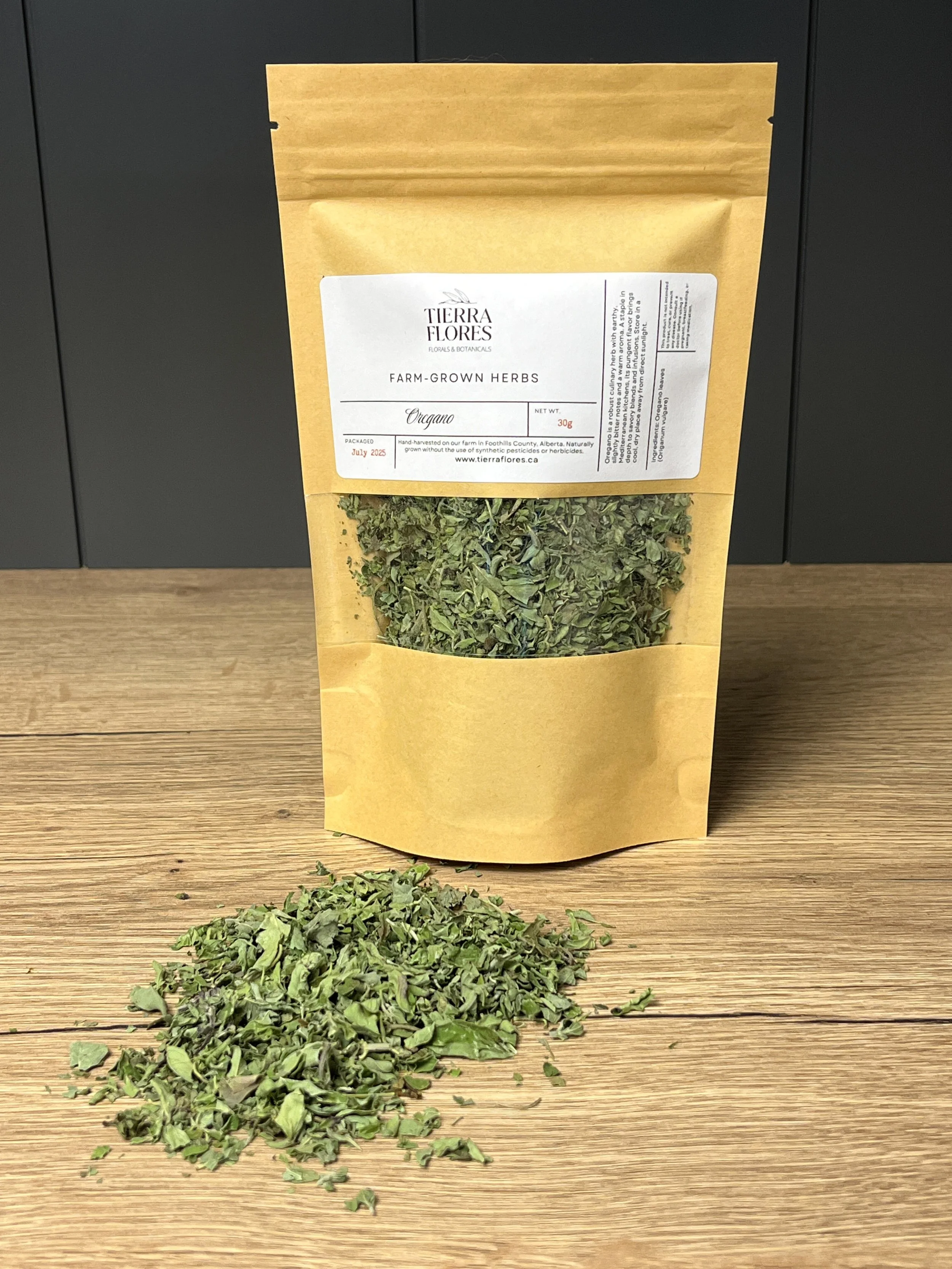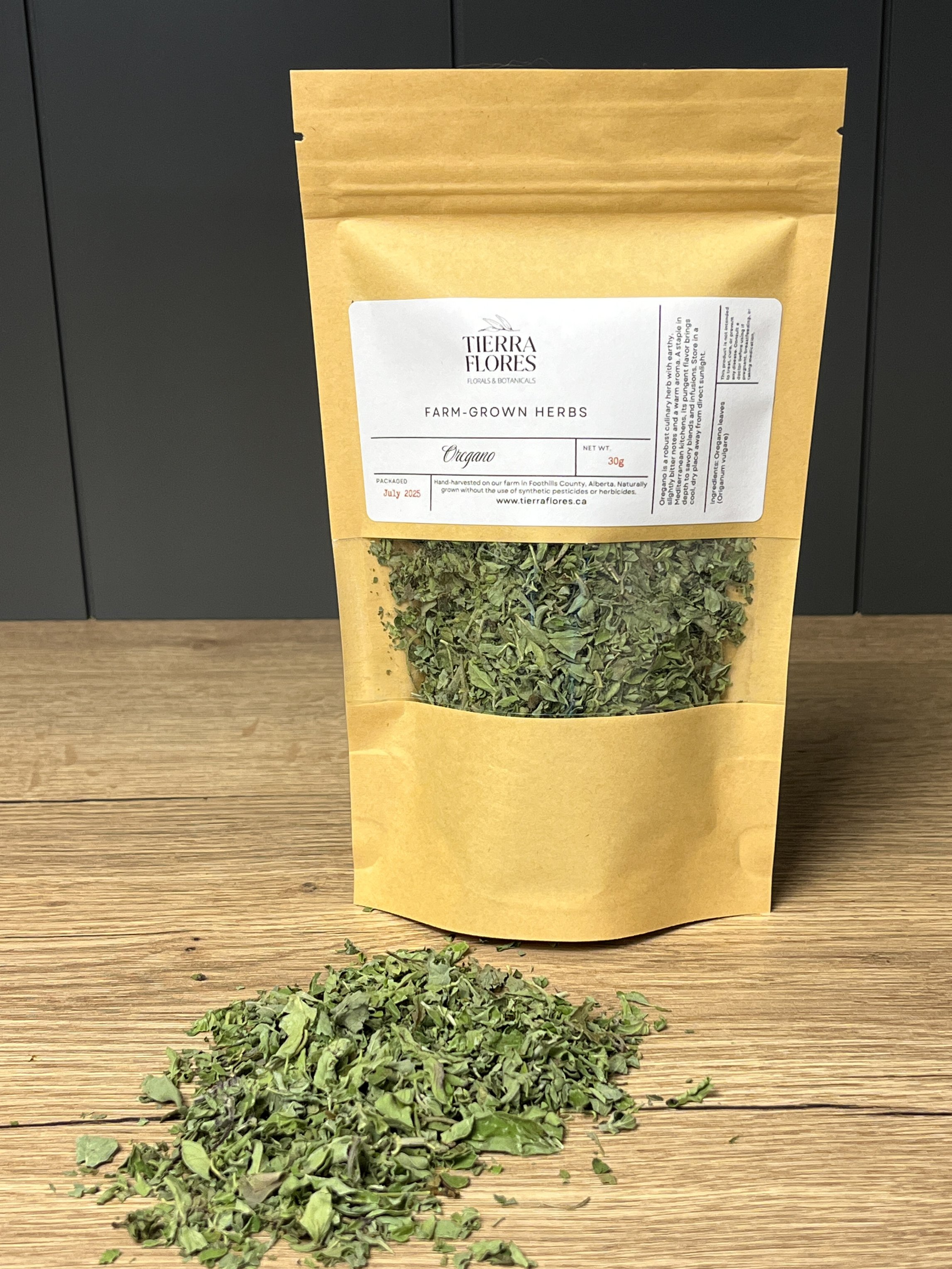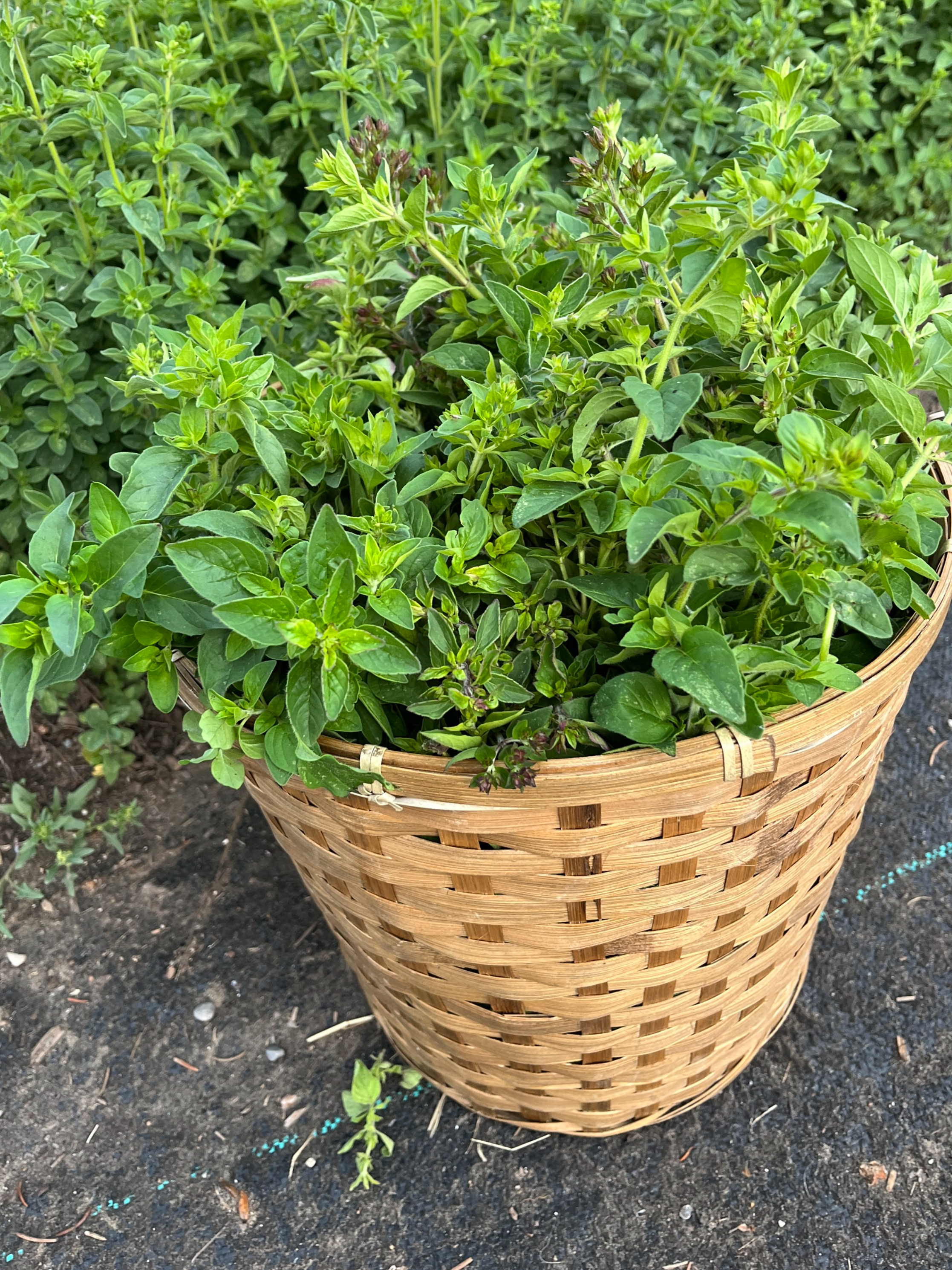 Image 1 of 3
Image 1 of 3

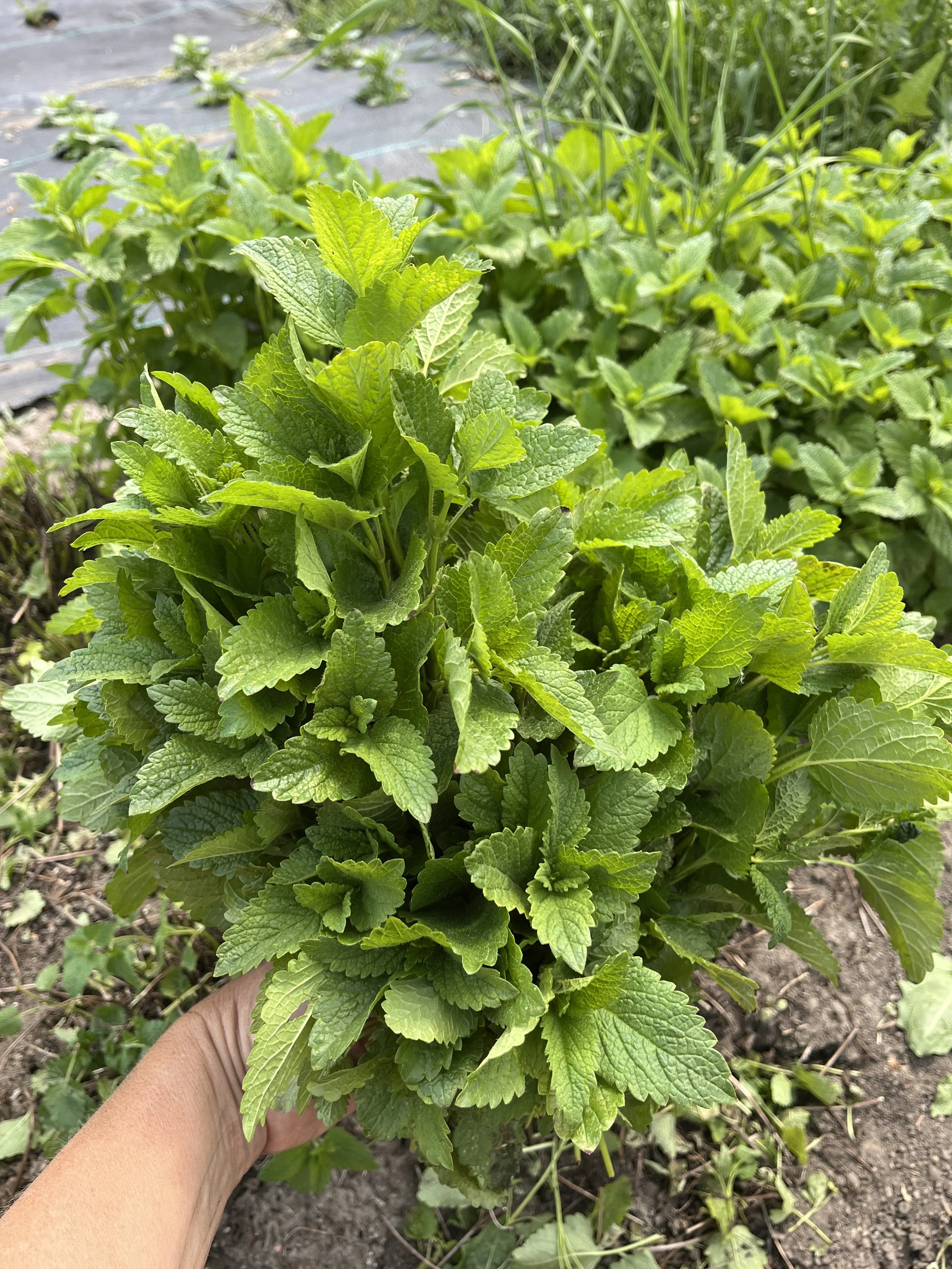 Image 2 of 3
Image 2 of 3

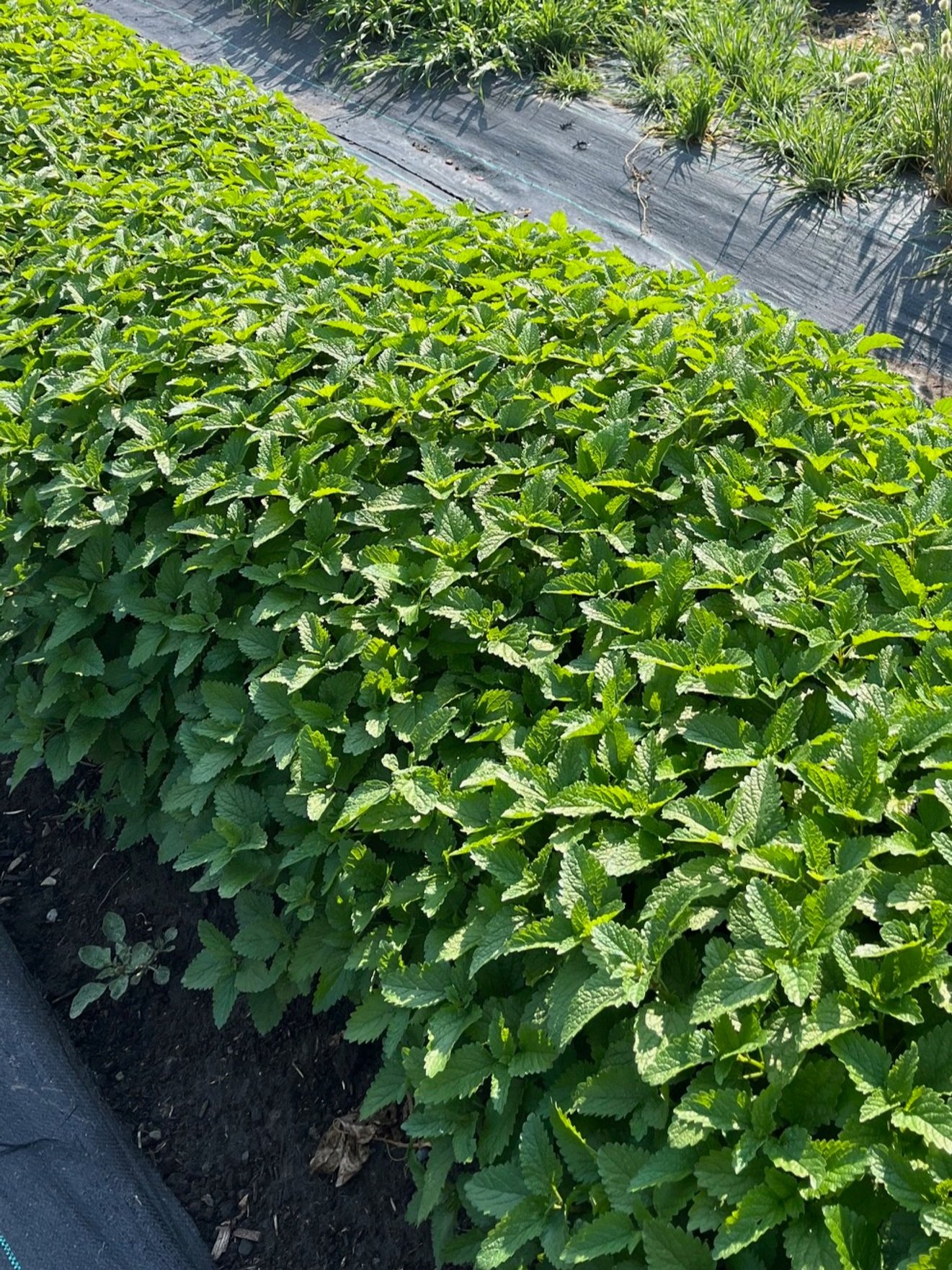 Image 3 of 3
Image 3 of 3




Lemon Balm
Lemon balm (Melissa officinalis) is a beloved member of the mint family, long used in traditional European herbalism for its gentle, citrusy aroma and soothing properties. Native to the Mediterranean and naturalized across the world, its soft green leaves have a bright lemon scent, making it a popular choice for herbal teas, culinary use, and natural self-care rituals.
Lemon balm has been traditionally used to promote a sense of calm and comfort during times of stress or restlessness. Herbalists have often included it in blends intended to soothe the nervous system, lift the mood, and support digestion.
Net weight = 20g
Traditional Uses
Some traditional uses for lemon balm include:
Encourage a calm, focused state of mind during stressful periods
Support natural sleep rhythms when combined with herbs like chamomile or valerian
Gently ease digestive upset, especially when related to nerves or mild spasms
Uplift the spirit and soothe feelings of melancholy
It has also been included in preparations for children and the elderly, thanks to its mild nature and pleasant taste.
Lemon balm contains a variety of active constituents, including:
Rosmarinic acid – known for antioxidant and calming properties
Citral and citronellal – responsible for its lemony aroma and soothing scent
Flavonoids – plant-based compounds associated with general wellness support
Triterpenes – traditionally linked with mood and nervous system balance
These compounds work together to give lemon balm its reputation as a gentle but effective nervine (an herb that supports the nervous system in traditional practice).
Preparation & Enjoyment
Lemon balm is most often prepared as a warm infusion (tea) using dried or fresh leaves. It can also be used:
Blended into herbal teas for calm and clarity
Added to culinary dishes (such as salads, fruit, or fish) for a bright citrus note
Infused into vinegars or honey
Used in bath blends or steam facials for its aromatic benefits
Its lemony flavor pairs well with mint, chamomile, lavender, tulsi, and berries.
🛑 Disclaimer: This information is provided for educational purposes only and is not intended to diagnose, treat, or cure any medical condition. Consult a qualified healthcare practitioner before using herbal products, especially if you are pregnant, nursing, or taking medications.
Lemon balm (Melissa officinalis) is a beloved member of the mint family, long used in traditional European herbalism for its gentle, citrusy aroma and soothing properties. Native to the Mediterranean and naturalized across the world, its soft green leaves have a bright lemon scent, making it a popular choice for herbal teas, culinary use, and natural self-care rituals.
Lemon balm has been traditionally used to promote a sense of calm and comfort during times of stress or restlessness. Herbalists have often included it in blends intended to soothe the nervous system, lift the mood, and support digestion.
Net weight = 20g
Traditional Uses
Some traditional uses for lemon balm include:
Encourage a calm, focused state of mind during stressful periods
Support natural sleep rhythms when combined with herbs like chamomile or valerian
Gently ease digestive upset, especially when related to nerves or mild spasms
Uplift the spirit and soothe feelings of melancholy
It has also been included in preparations for children and the elderly, thanks to its mild nature and pleasant taste.
Lemon balm contains a variety of active constituents, including:
Rosmarinic acid – known for antioxidant and calming properties
Citral and citronellal – responsible for its lemony aroma and soothing scent
Flavonoids – plant-based compounds associated with general wellness support
Triterpenes – traditionally linked with mood and nervous system balance
These compounds work together to give lemon balm its reputation as a gentle but effective nervine (an herb that supports the nervous system in traditional practice).
Preparation & Enjoyment
Lemon balm is most often prepared as a warm infusion (tea) using dried or fresh leaves. It can also be used:
Blended into herbal teas for calm and clarity
Added to culinary dishes (such as salads, fruit, or fish) for a bright citrus note
Infused into vinegars or honey
Used in bath blends or steam facials for its aromatic benefits
Its lemony flavor pairs well with mint, chamomile, lavender, tulsi, and berries.
🛑 Disclaimer: This information is provided for educational purposes only and is not intended to diagnose, treat, or cure any medical condition. Consult a qualified healthcare practitioner before using herbal products, especially if you are pregnant, nursing, or taking medications.

